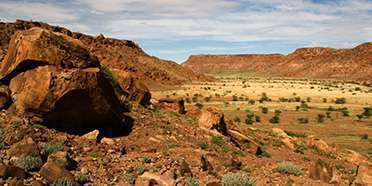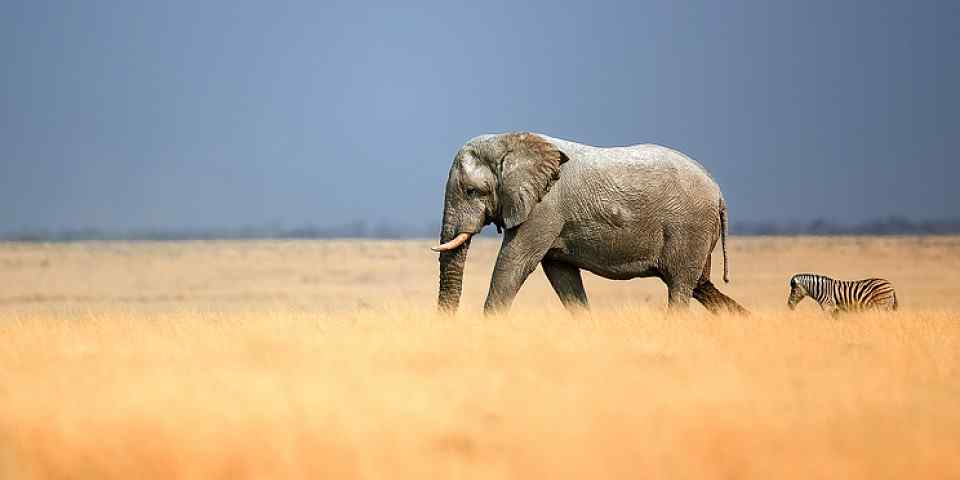
Safari Tours to Damaraland
-
![10-Day Classic Namibia]()
10-Day Classic Namibia
$3,972 to $4,972 pp (USD)
Namibia: Self-drive
Mid-range Lodge & HotelYou Visit: Windhoek (Start), Kalahari Region, Sossusvlei (Sand Dunes), Swakopmund (City), Damaraland, Etosha NP, Okonjima NR, Windhoek (End)

Wayfairer Travel
4.8/5 – 184 Reviews
-
![10-Day Highlight Namibia Self-Drive Safari]()
10-Day Highlight Namibia Self-Drive Safari
$3,005 pp (USD)
Namibia: Self-drive
Mid-range Lodge & HotelYou Visit: Windhoek (Start), Kalahari Region, Namib-Naukluft NP (Namib Desert), Sossusvlei (Sand Dunes), Swakopmund (City), Damaraland, Twyfelfontein (Rock Art), Etosha NP, Okonjima NR, Hosea Kutako Airport (End)

People Tours And Safari
4.8/5 – 97 Reviews
-

15-Day Eco-Friendly Namibian Self-Drive Safari
$3,991 pp (USD)
Namibia: Self-drive
Mid-range Lodge & Guest HouseYou Visit: Windhoek (Start), Sossusvlei (Sand Dunes), Swakopmund (City), Erongo Mountains (Mountain Range), Damaraland, Palmwag Concession (Damaraland), Etosha NP, Eastern Etosha NP, Windhoek (End)

Viatu
4.9/5 – 93 Reviews

 Namibia Parks
Namibia Parks
















